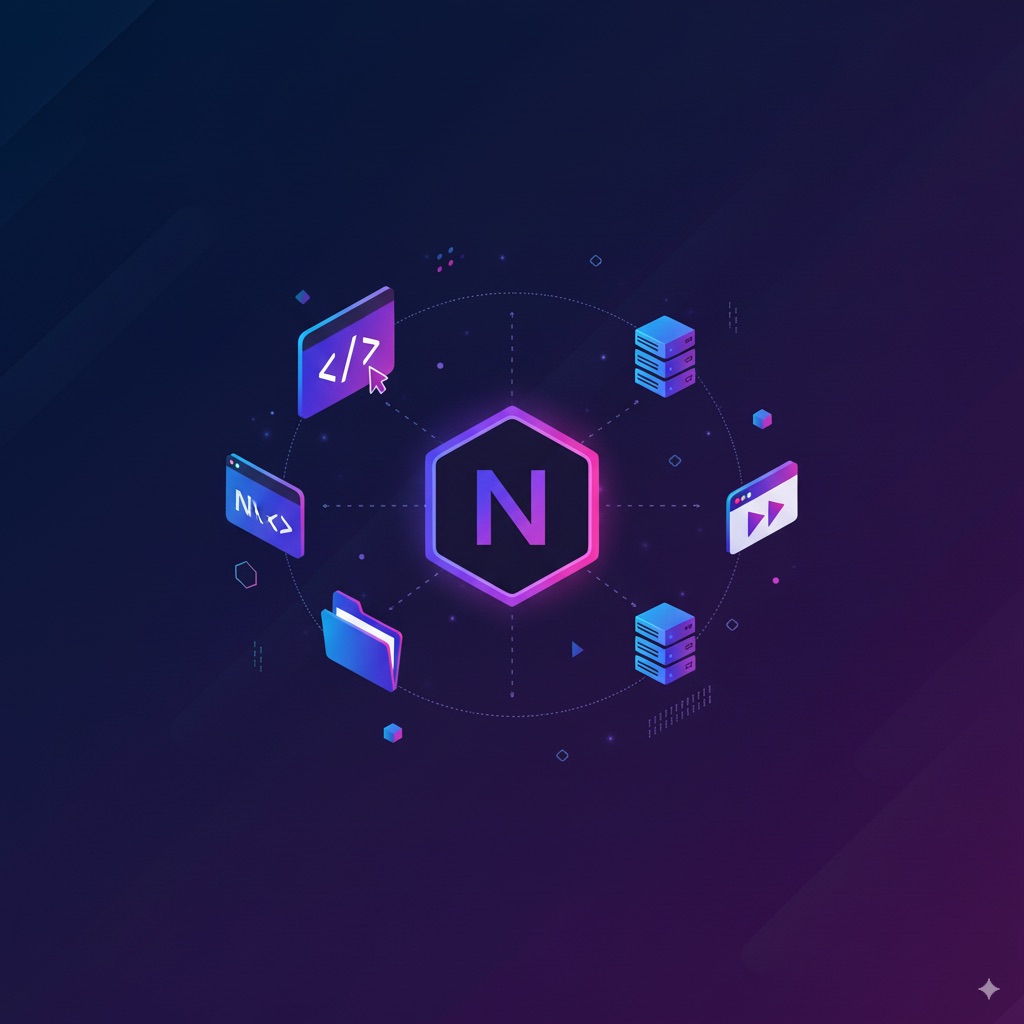Introduction to Next.js
Next.js has revolutionized the way we build React applications. As a full-stack React framework, it provides everything you need to build fast, SEO-friendly web applications with minimal configuration.
Why Choose Next.js?
Next.js offers several compelling advantages:
- Server-Side Rendering (SSR): Improved SEO and faster initial page loads
- Static Site Generation (SSG): Pre-rendered pages for optimal performance
- API Routes: Build full-stack applications without a separate backend
- Automatic Code Splitting: Faster page loads through optimized bundling
- Built-in CSS Support: Styled-components, CSS modules, and more
Getting Started
Installation
First, create a new Next.js project:
npx create-next-app@latest my-app
cd my-app
npm run dev
Project Structure
A typical Next.js project structure looks like this:
my-app/
├── pages/
│ ├── api/
│ ├── _app.js
│ └── index.js
├── public/
├── styles/
└── package.json
Key Features
1. File-based Routing
Next.js uses file-based routing, making it intuitive to create new pages:
pages/index.js→/pages/about.js→/aboutpages/blog/[slug].js→/blog/:slug
2. API Routes
Create API endpoints easily:
// pages/api/hello.js
export default function handler(req, res) {
res.status(200).json({ message: 'Hello World' });
}
3. Image Optimization
Next.js provides automatic image optimization:
import Image from 'next/image';
function MyComponent() {
return (
<Image
src="/my-image.jpg"
alt="Description"
width={500}
height={300}
/>
);
}
Best Practices
- Use Static Generation when possible for better performance
- Optimize images with the built-in Image component
- Implement proper SEO with the Head component
- Use TypeScript for better development experience
- Follow the principle of least privilege for API routes
Deployment
Deploy your Next.js app to Vercel with zero configuration:
npm install -g vercel
vercel
Conclusion
Next.js provides an excellent foundation for building modern web applications. Its combination of performance optimizations, developer experience, and flexibility makes it an ideal choice for projects of any size.
Whether you're building a simple blog or a complex e-commerce platform, Next.js has the tools and features to help you succeed.
